Within Kyoto City
Latest content and event information
-
Cultural TourismSustainability
Kyoto Sightseeing Shuttle NearMe
~ Avoid crowds by making reservations and sharing rides ~
- Convenient service with reservations made up until the day before boarding
Make your travel easier by booking a taxi.
A pre-order taxi service available in central Kyoto.No reservation fee,Vehicle allocation confirmed in advanceSo you can rest assured.Shared ride options availableMax 50%OFFWe also accept shared rides and private reservations for families and groups.Please check the rates on the online reservation page.An environmentally friendly means of transportation
Niamey provides environmentally friendly transportation and contributes to the realization of a sustainable future.
-
At a 100-year-old printing studio
Would you like to make your own T-shirt?
Students can take the lead role in creating T-shirts using photos they have taken themselves. In the workshop of a 100-year-old T-shirt printing company, they will experience full-scale production using DTF printing technology, and experience photo editing, layout, and printing. The completed T-shirts can be purchased later by distributing the 2D barcode on the e-commerce site to parents. The program also includes a lecture on the history and traditional craftsmanship of Fujiki Yuzen Mold Factory, providing students with an in-depth learning experience that combines culture and technology.
-
This program is a special campus tour for elementary and junior high school students where they can see, learn, and experience carbon neutral efforts. The setting is Ritsumeikan University's Kinugasa Campus. University students will act as guides and provide a fun and easy-to-understand introduction to the behind-the-scenes of the eco-campus and the student-led efforts.
*Please refer to the attached pamphlet. -
Convenient services for Japan Airlines passengers♪

*Please note that the official application website is in Japanese.
Sustainable TourismKyoto sustainable tourismKyoto sightseeingcomfortableEmpty-handed sightseeing
-
Enter a world of plants that shine at night, surrounded by light and sound
As the oldest public botanical garden in Japan, the Kyoto Prefectural Botanical Garden will celebrate its 100th anniversary in 2024 and will be open at night for a limited time, where visitors will be immersed in a mysterious otherworldly world of plants that are different from those seen during the day. Stepping into one of Japan's largest observation greenhouses, you will be greeted by a lush green space decorated with light, sound, set design and projections, and witness the brilliance of plants overflowing with vitality.
As you explore the four different zones, you can use all your senses to sense the breathing and whispering of the plants and the diverse expressions that emerge at night.
Come enjoy an immersive experience in a fantastical world of light and sound that will help you discover new fascination with plants and foster a connection with nature.
Kyoto Prefectural Botanical GardensMOMENT FACTORYKyoto experienceLINK KYOTOKyoto sightseeingKyoto culture
-
Takao, Kyoto's inner sanctum, is known as a little-known hidden gem, and is a place where locals living in Kyoto visit for a day trip in search of relaxation.
Meals are served in the airy, open riverside seating, while gazing at the vibrant green of the maple leaves.
Click here for details of the plan!!
-
A city where the culture of geisha and maiko who provide heartfelt hospitality through their dancing and other traditional arts has been passed down for generations, and where Kyoto's traditional culture is carefully preserved."Glamorous district"Kyoto's entertainment district flourished as a major center of hospitality culture.
In the Kagai district, geisha and maiko have the spring and autumn performances as their one goal, but they also spend their days training in dance and other performing arts, as well as studying traditional culture such as the tea ceremony. The kimonos and other attire that complement them are supported by the skills of many artisans, including traditional craft artisans, hairdressers, and kimono dressers. In addition to events unique to the Kagai district, such as the opening ceremony, they also inherit seasonal customs and continue to cherish and protect Kyoto's traditional culture by participating in traditional Kyoto events such as the Jidai Matsuri.
Let's experience traditional culture at this valuable museum located in the entertainment district of Gion Kobu.
Hanamachi Art MuseumKyoto DanceKYOTOLink Kyotomaikogeishatraditional craftsLINK KYOTOKyoto tourism moralsKyoto sustainable tourismsustainablecarbon neutralKyoto sightseeingKyoto's Unique VenuesKyoto cultureEmpty-handed sightseeingEntertainment districttraditional culture
-
① Visit to the Silk Fabric Museum (time required: about 15 minutes)
The White Silk Fabric Museum is a museum specializing in white kimono fabrics. We exhibit about 50 types of white fabrics carefully selected from the 200 types and 3,000 patterns that Itoyuki has woven so far for post-dyeing (dyed kimono), where fabric is woven from raw silk and then dyed later. You can actually touch the white fabrics, which have various characteristics depending on the production area and type of thread, and see their texture and beautiful luster. We will introduce the process of making one bolt of white fabric, including cocoon production by domestic silkworm farmers and information on the amount of cocoons needed for a kimono.
② "Handloom" Experience (Time required: approx. 15 minutes)
Our in-house instructor will demonstrate the handloom weaving process and explain how the warp and weft threads work. Afterwards, you can enjoy the experience of weaving using a handloom.
3. Kinsai Yuzen Workshop (Time required: approx. 1 hour 30 minutes)
Enjoy the experience of dyeing pure silk fabric, a high-quality material used in kimonos, with the Yuzen technique and finishing with gold leaf. Our in-house instructors will provide careful instruction, so even beginners can participate with confidence. The completed work will be framed and handed to you, so you can take it home as a keepsake.

Link KyotoKyoto experiencetraditional craftsLINK KYOTOKyoto sustainable tourismsustainableKyoto sightseeingKyoto culturetraditional culture
-
This is a rare opportunity to be introduced to a real Kyoto maiko (or geisha), learn, enjoy the senses, and be enchanted as you watch the maiko perform traditional Kyoto dance, interact with her, ask questions, and take souvenir photos.
*Explanation will be in English.
-
A long-established inn founded in 1912"Sumiya Ryokan"
The calm, sukiya-style building stands out in Sanjo Fuyacho, the heart of Kyoto. From the guest rooms and teahouse, you can enjoy the beautiful changes of the seasons in the courtyard.At the matcha experience at Sumiya Ryokan, you will be taught how to make and drink matcha, and you can try making it yourself or drink the matcha you made with your family or friends.You can have a fun time.
Sumiya Ryokan is also famous as a tea ceremony inn with deep ties to the Urasenke school. There are five tea rooms in the building, the most famous of which is Gyokutoan. It was named by the 14th head of the Urasenke school, Tantansai, after his predecessor, who was born in the year of the rabbit.
This plan is,Private plans for groupsFor those who are not comfortable sitting upright, we also have chair seats available. Please take this opportunity to come to Sumiya Ryokan.
The official website of Sumiya Ryokan can be found here
Private experiencePrivate ExperienceSumiya RyokanMatcha ExperienceKYOTOKyoto experienceTea ceremonylong-established storeMatchatea roomLINK KYOTOhistoryexperienceKyoto's Unique VenuesgenuineKyoto culturetraditional culture


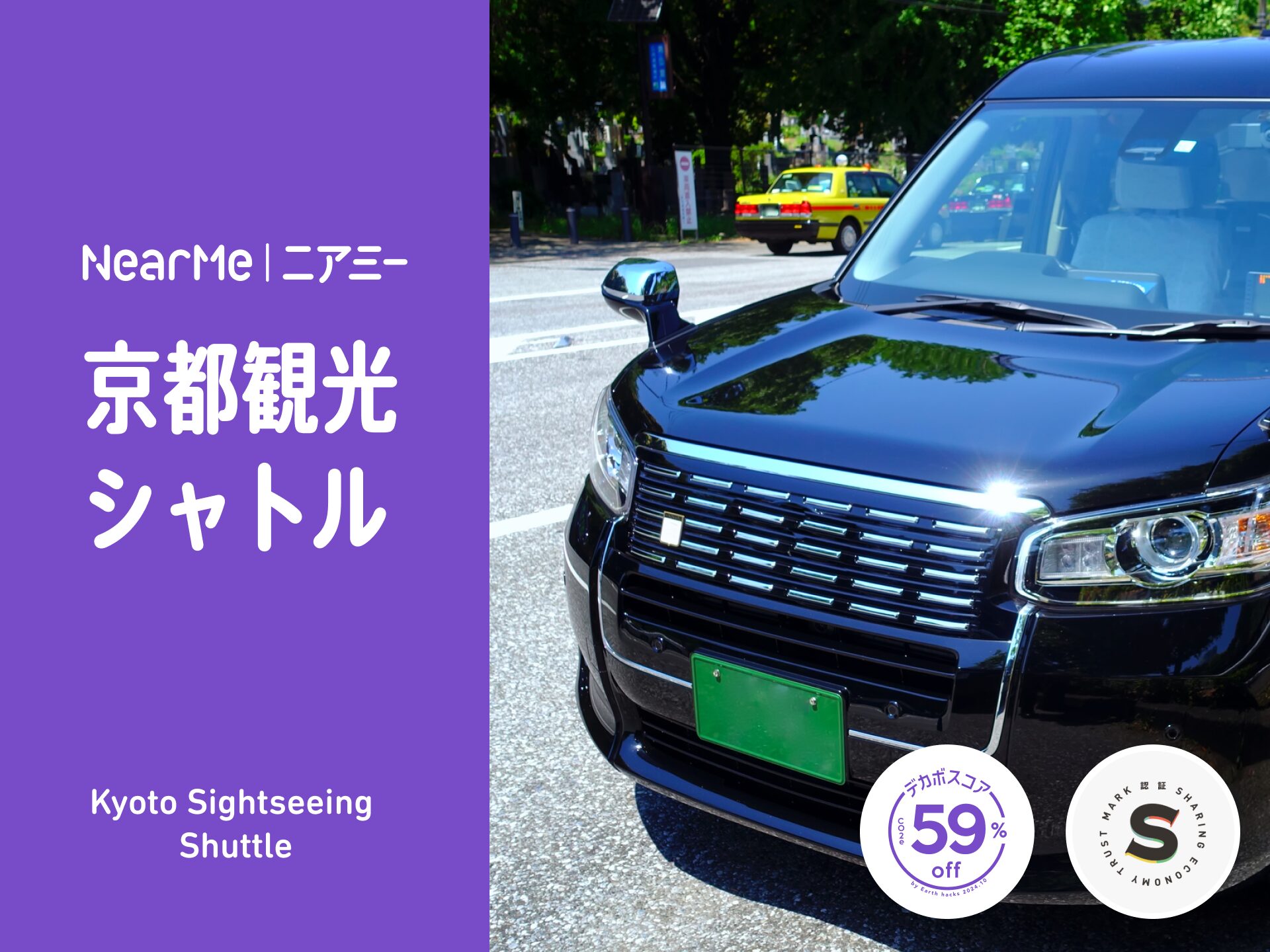
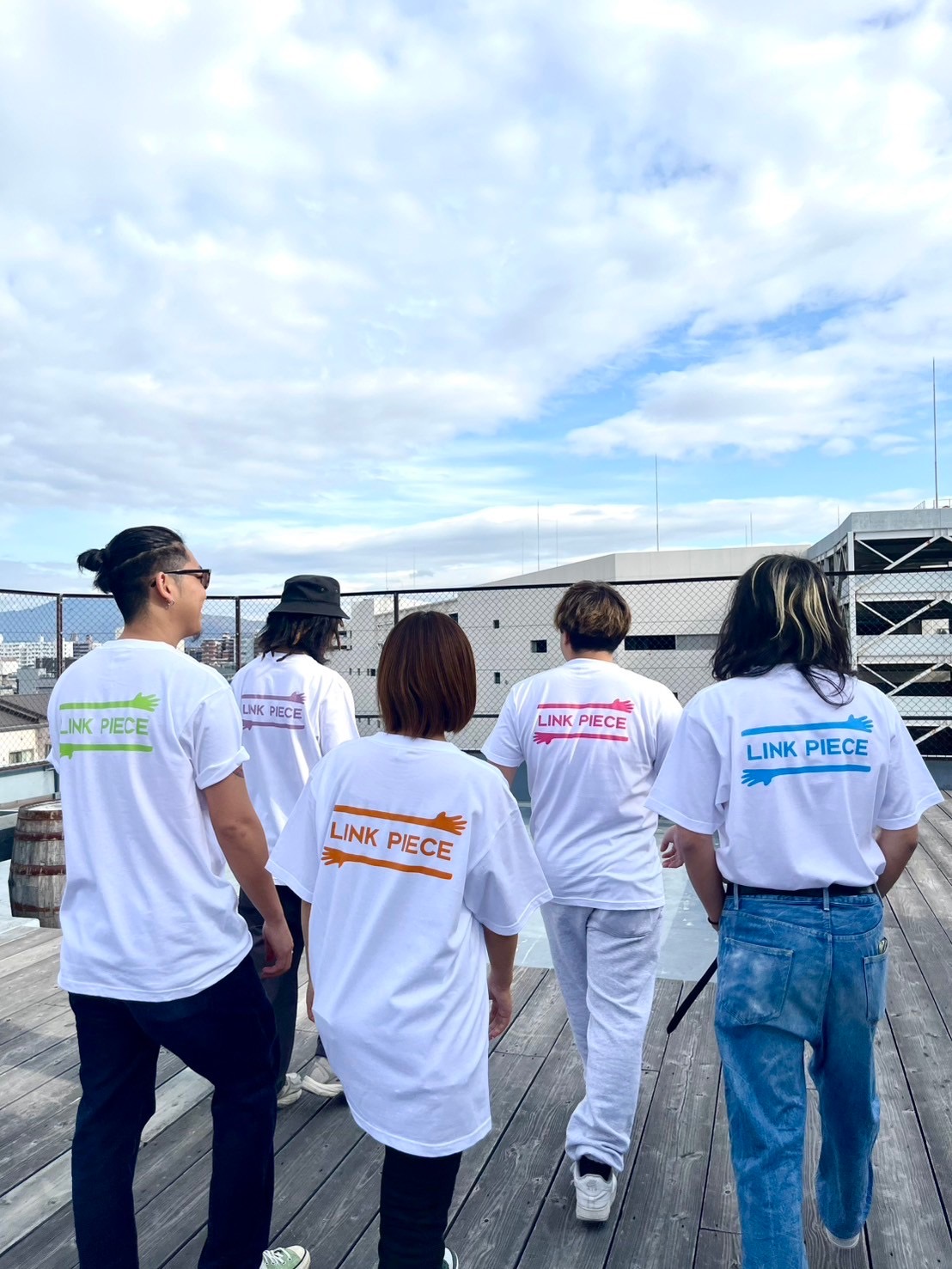
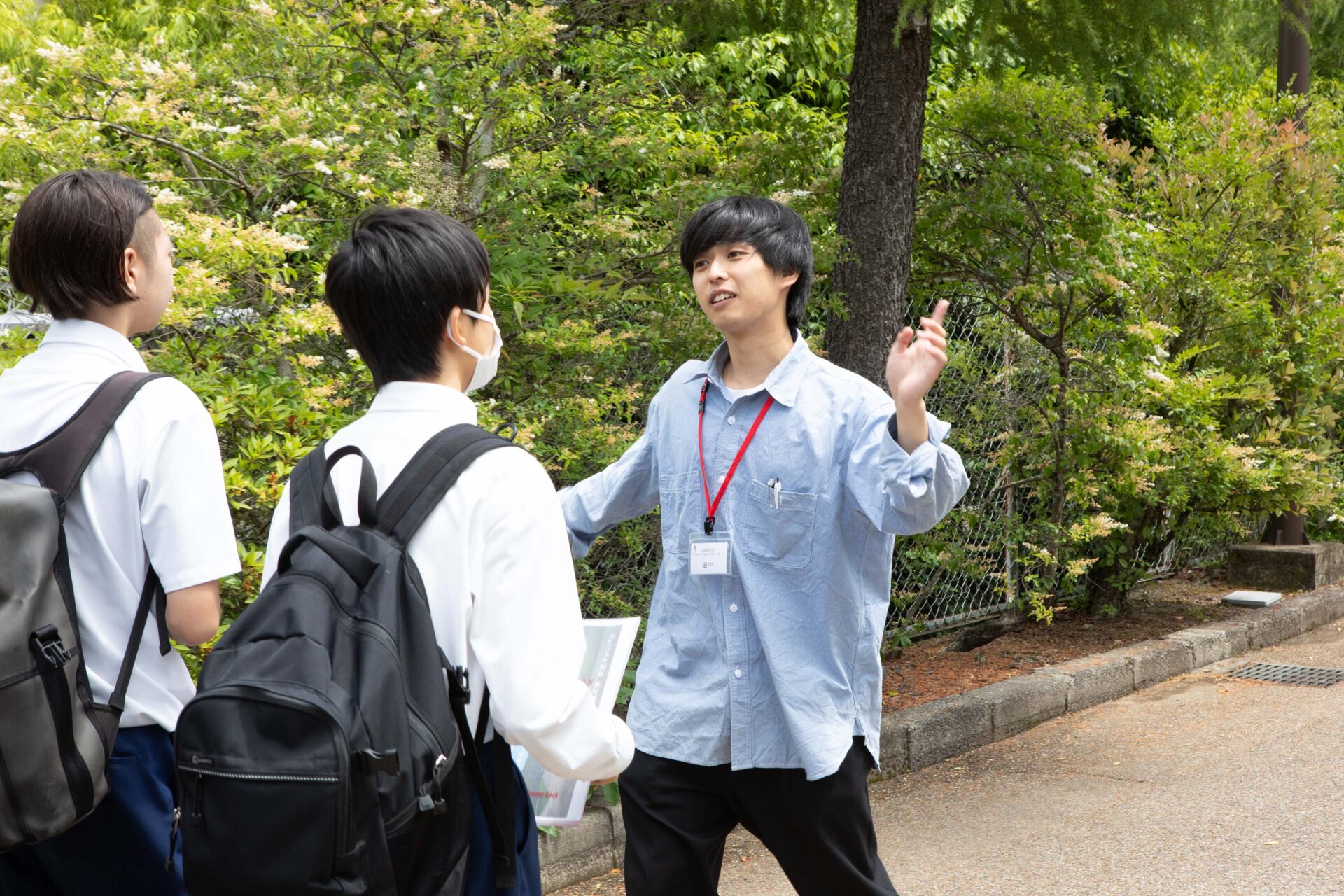

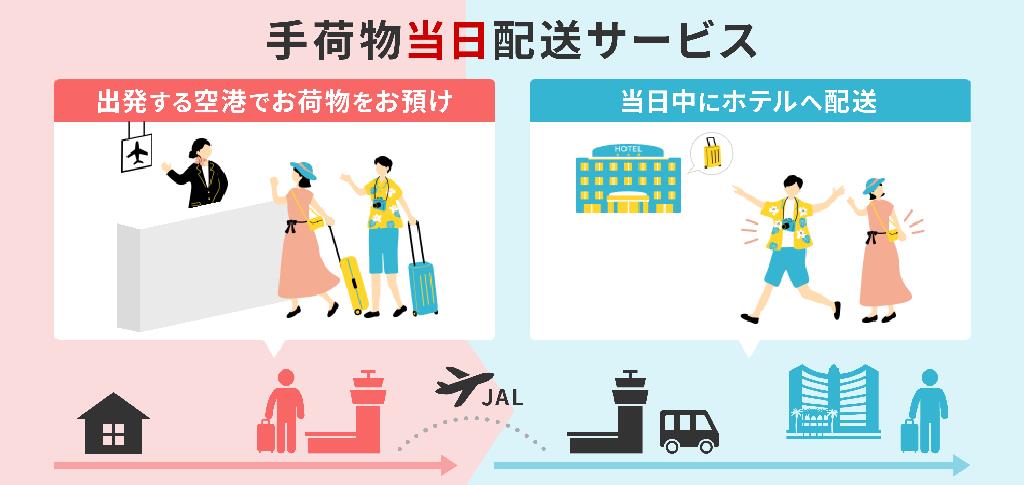
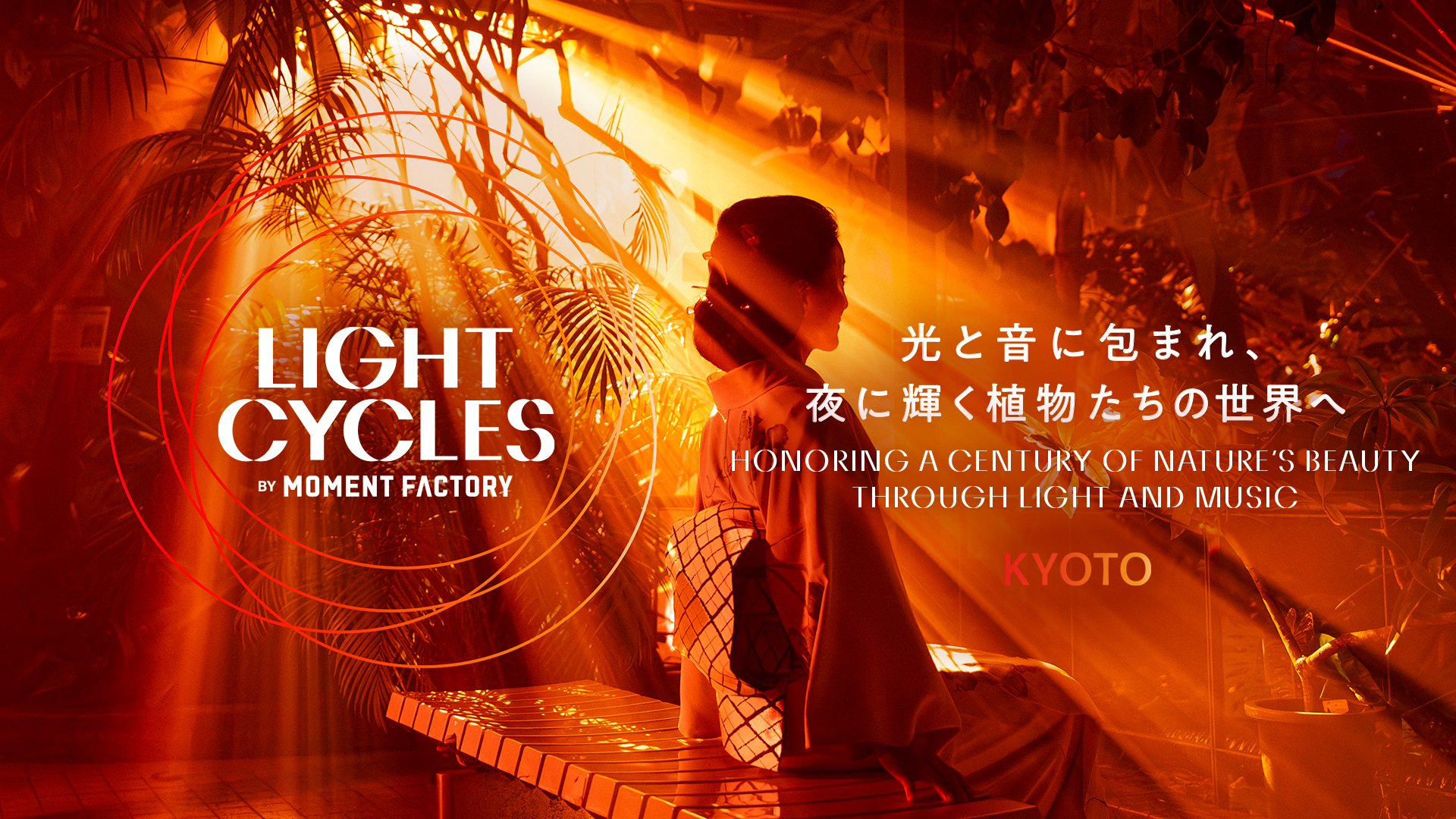
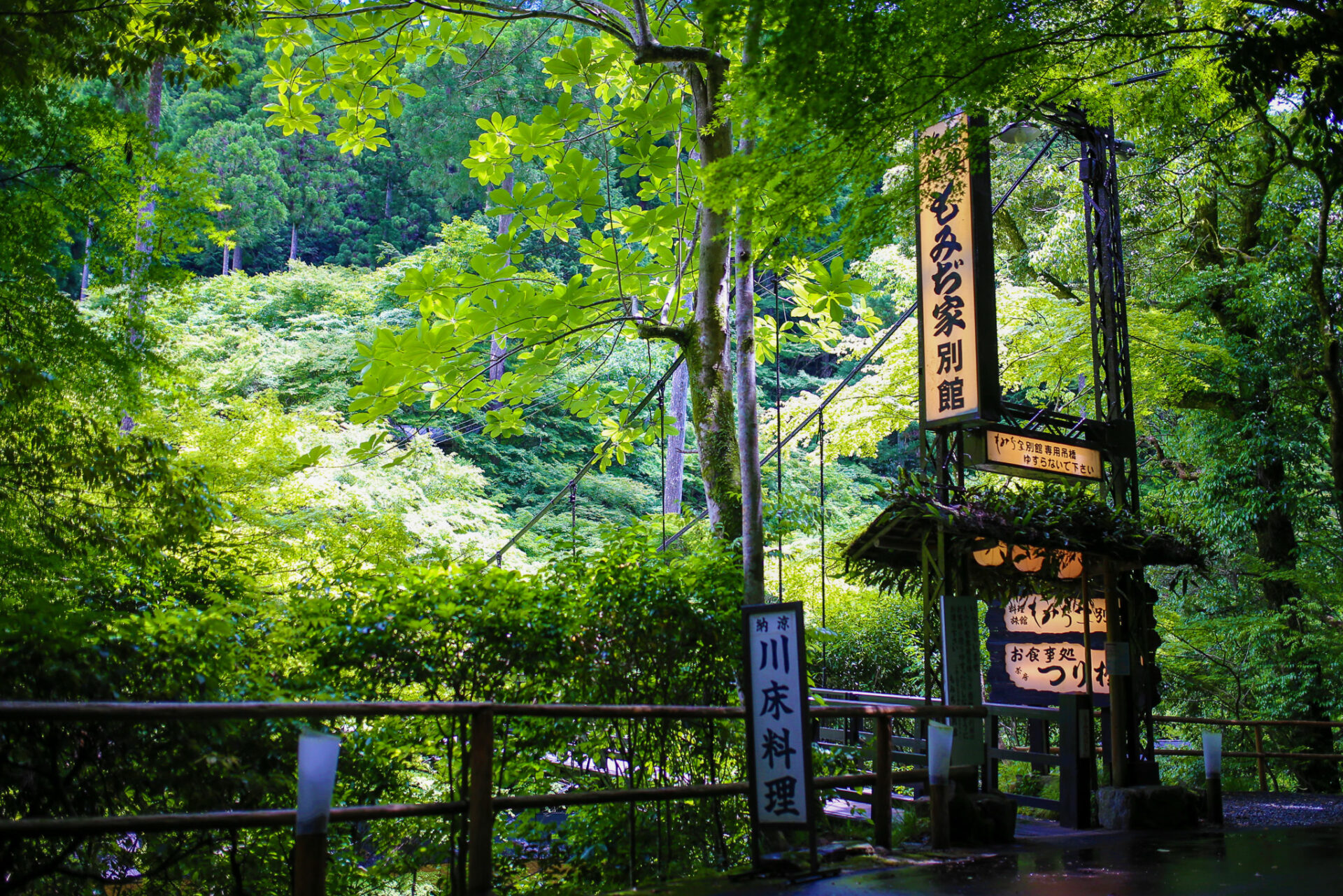
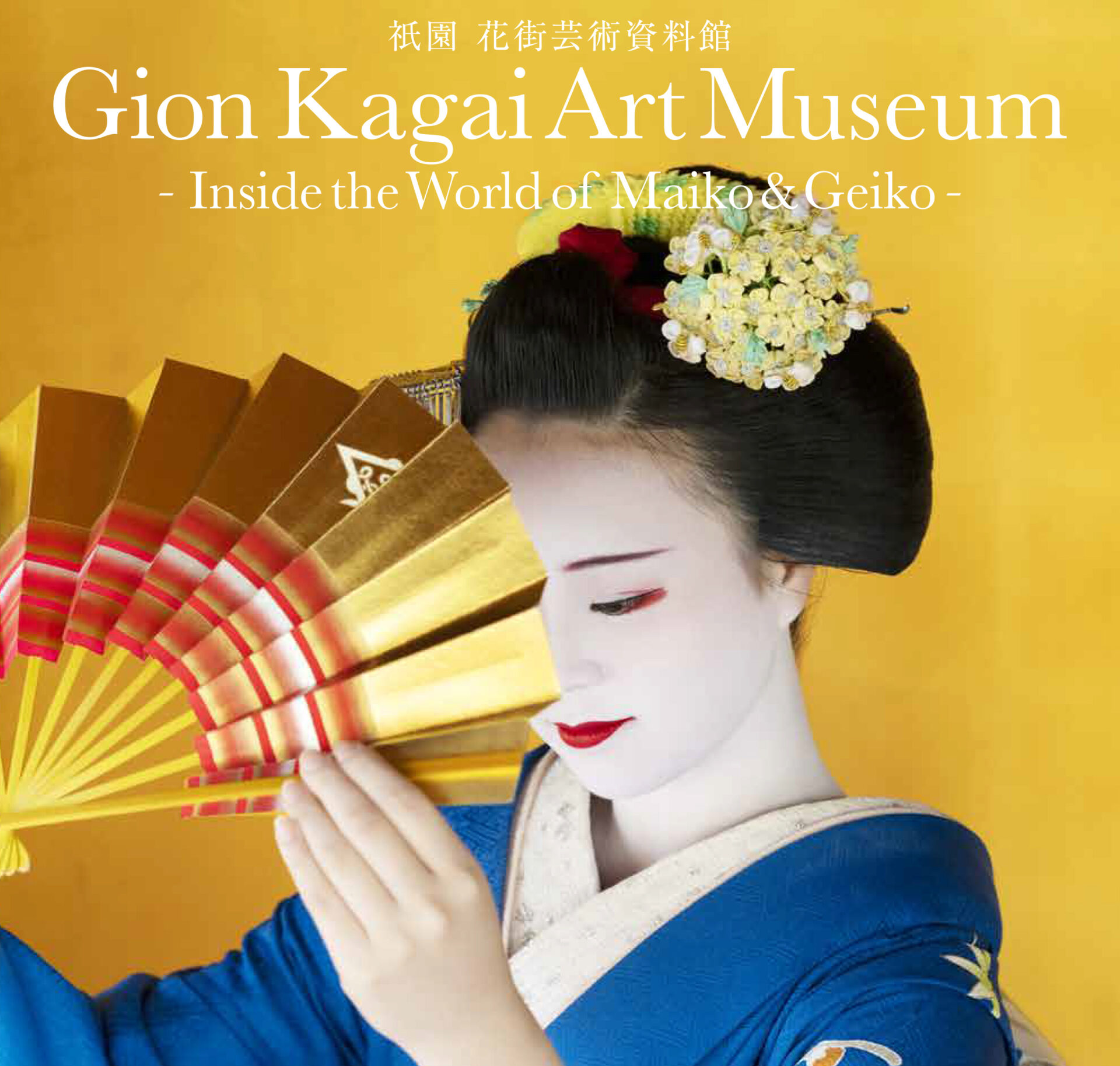






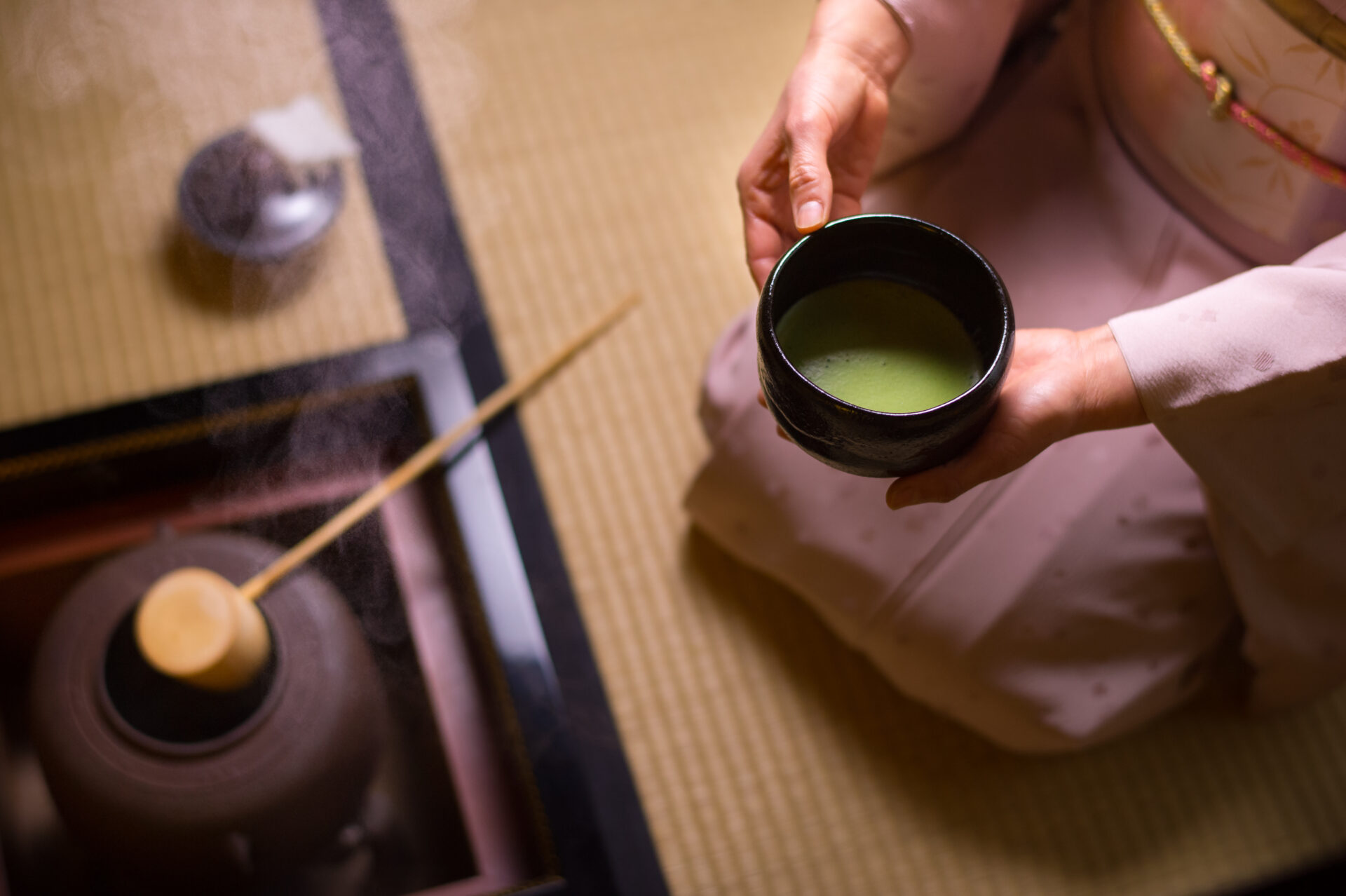
 Kyoto
experience
Kyoto
experience Contact us by phone
Contact us by phone Contact by email
Contact by email